Social Workers
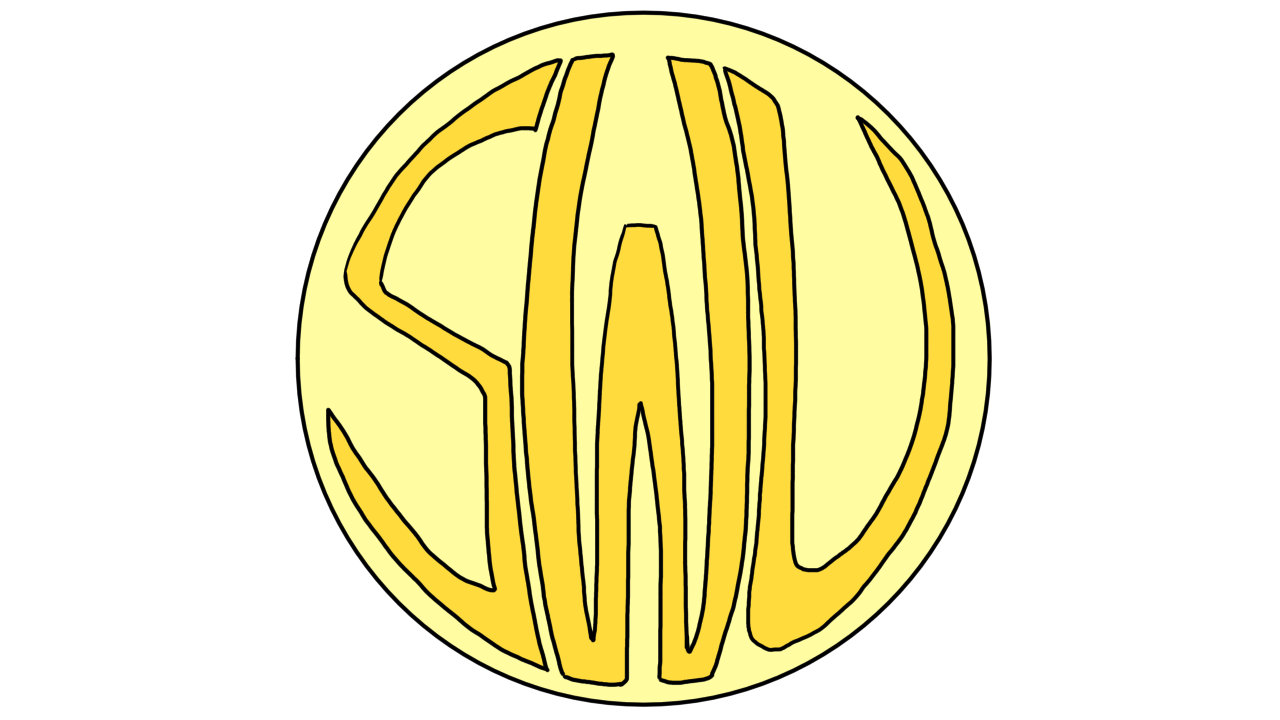
Social workers in the Forwardist confederation have a wide array of objectives, but their core goal is to help people within the Forwardist confederation with whatever social needs might arise. The role has changed over time, and at present, the social worker's union stands as the largest union within the confederation. Social workers have over 50 unique positions within the social work umbrella, each specialized to help people through difficulties of various kinds that occur throughout life.
Table of Contents
- 1. History of Social Workers in America
- 2. Forwardist Social Workers' Union
- 3. Social Workers' Roles
- A. Counselor Roles
- i. Growth and Development and Life/General Counselors
- ii. Other Domestic Counselors
- iii. Other Common Counselors
- B. Miscellaneous Counselor Roles
- 4. Other Social Work Roles
History of Social Workers in America
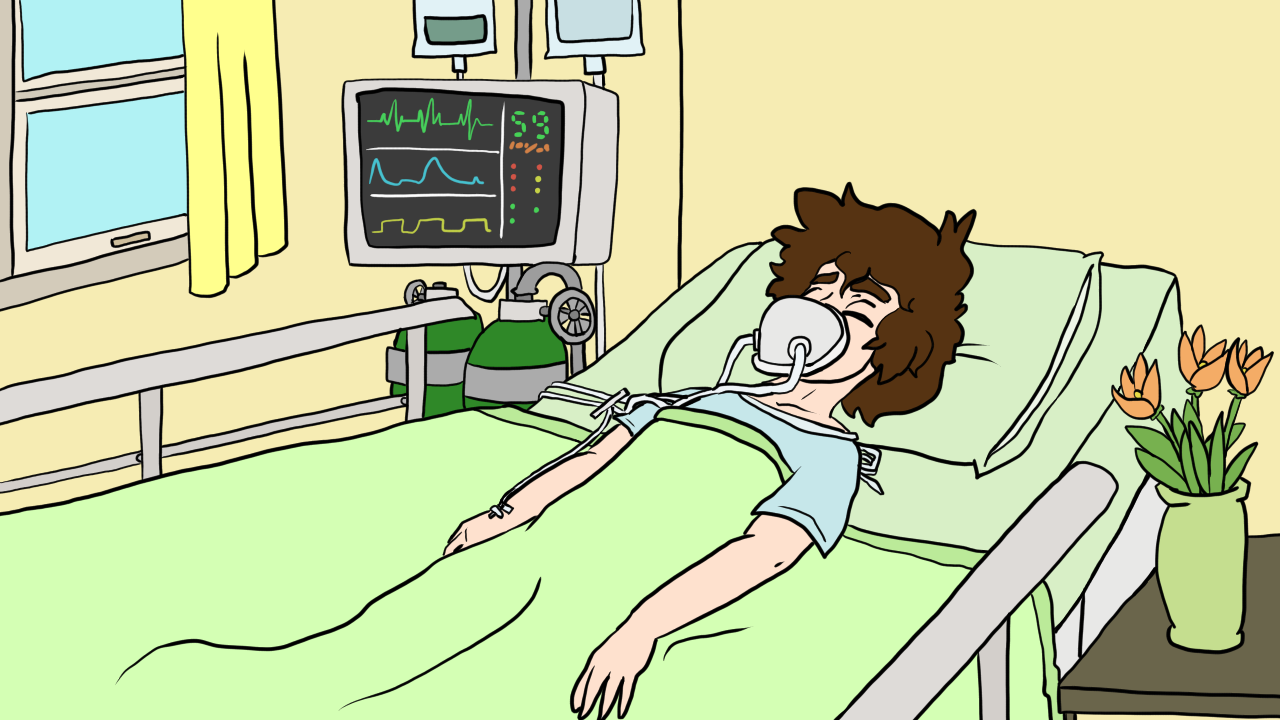 ^ Back to table of contents ^
^ Back to table of contents ^
Social workers in the Forwardist confederation share some common goals and tasks with social workers from before the collapse, but most of the position's circumstances are vastly different. While there is little credible, verifiable info about social workers of the past, records indicate that their primary goals were to provide resources to and aid individuals who were in need. This was a wide umbrella of people, and social workers were there to help a wide variety of people: victims of violence or abuse, individuals suffering from addiction or major health problems, those living in poverty, struggling students, and more. The role of the social worker has historically been to help the more underprivileged people in society, and that core objective has remained the same into the 25th century, despite the differences between social workers of the past and present.
In the 21st century, social workers had noble goals to help those in need, but they were in many cases unable to resolve fundamental problems that the struggling individual was was facing. Societal problems such as poverty, unemployment, and disability were seen as incurable ills; despite a desire to help people facing these and other similar issues, the best a social worker could do was help individuals navigate the complex legal system of the United States of America to get access to the resources they would need to survive. Because economic struggle was such a fundamental part of trying to survive in 21st century America, and because social workers were unable to address the root of the problem, the resources they provided were ultimately incapable of significantly improving many of these problems that plagued Americans.
The Forwardist Confederation was founded in 2041, just short of a decade post-collapse, and the need for social work was widespread. Despite this prominent need, the position of "Social Worker" wasn't established within the Forwardist confederation until nine years later in 2050. This was because the primary goals of the movement were to preserve the rights of all citizens, to stop the state-sanctioned violence happening across the country, and to establish communities that stood as pillars of hope, embodying the promise of sovereignty for all citizens. For the first five years of its existence, the confederation was fighting to establish basic human rights for Americans across the remaining United States. While they were unable to spread their ideals down into the southern states, by 2050 the Forwardist group had established several communities, and it was in 2050 that several of these communities came together and decided that it was time to create a social worker's union.
The creation of the social worker's union made it simple for anyone interested in becoming a social worker to do so. The Forwardist communities were for the most part peaceful, but there were growing concerns about the lack of social resources built into the communities. One source of these concerns came from an event within one of the communities where it was exposed that within the otherwise happy and peaceful community, a family was living under the reign of an abusive mother. After a night of heavy drinking, the woman hit her husband and her two kids, and one of the children fell back and hit his head, leaving him in a coma for 3 months before waking.
In a society that proclaimed itself a place of peace, this event was shocking. It spurred the Forwardists to action, encouraging them to adopt a more proactive stance about preventing these types of things from occurring again. Two unions were established at once: the social worker's union and the investigator's union. The latter was a department devoted to investigating injustices and putting a stop to them. While social workers also wanted to end injustices, their role was to act preventatively by providing access to all kinds of social services.
As the Forwardist Confederation grew, so too did the social worker's union. The union was spread throughout the confederation, and the roles of social workers were constantly changing and growing. While there was initial only the role of social worker, the union had created 20 distinct roles by 2100 (primarily various types of counselors). By the end of the 24th century, they had increased this to over 50 roles, a number which has grown only slightly since then.
Forwardist Social Workers' Union
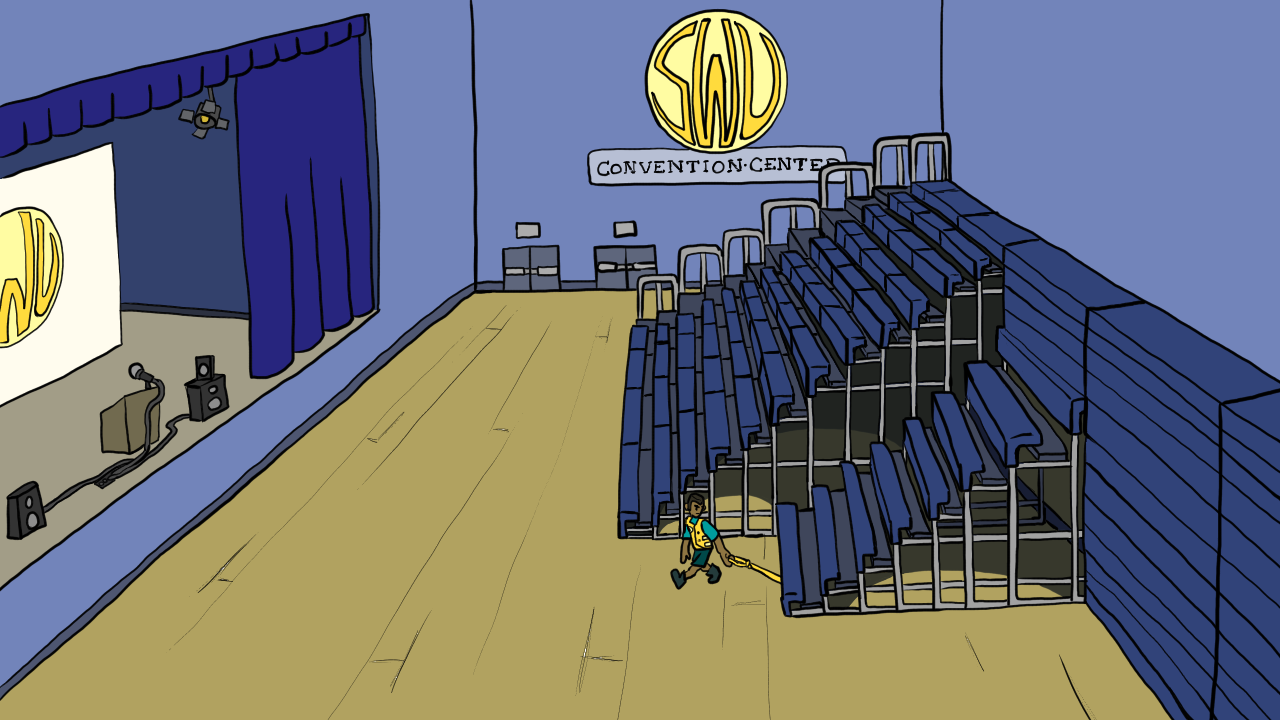 ^ Back to table of contents ^
^ Back to table of contents ^
The social workers' union has grown considerably since its creation in 2050. What started as a group of around 25 people in a few communities has grown to have over one million members in every Forwardist community. When the union was founded, the role of the social worker was established within the Forwardist communities' framework, making it so that anyone interested in joining the union need only pass the requirements on the placement examination. Whenever someone succeeds, they have the right to join the school of the social workers to learn more and prepare for the role.
Since its creation, the union has made many attempts to provide services, facilities, and resources to any who might need them. The needs of the union have also had many benefits for all Forwardist citizens. For instance, in the communities that serve as central hubs for the union, the social workers have established a grand education complex, complete with a convention center. This convention center is typically used to host the graduation ceremonies for social workers, but when the social workers' union doesn't need to use it, the convention center is available for citizens to rent out. Common uses for the convention centers include weddings, graduation parties, quinceaneras, and many other types of social gatherings. Forwardist citizens from any community have the right to reserve the usage of a convention center, they need only sign up ahead of time.
Social Workers' Roles
^ Back to table of contents ^The social workers' union has grown from its humble start to a large, thriving group with many different types of positions. While there is some inevitable overlap between the responsibilities in these differing positions, they each have a distinct purpose within the confederation. Generally speaking, the role of all social workers is to help people within (and sometimes outside of) the Forwardist confederation with all manner of social aid required. The primary classification for most social workers is counselor of various specificities. Additional roles have also been established to help with other needs within the communities, such as helping with transportation of people with mobility limitations, providing access to information, socializing with individuals lacking a strong social circle, and more.
Counselor Roles
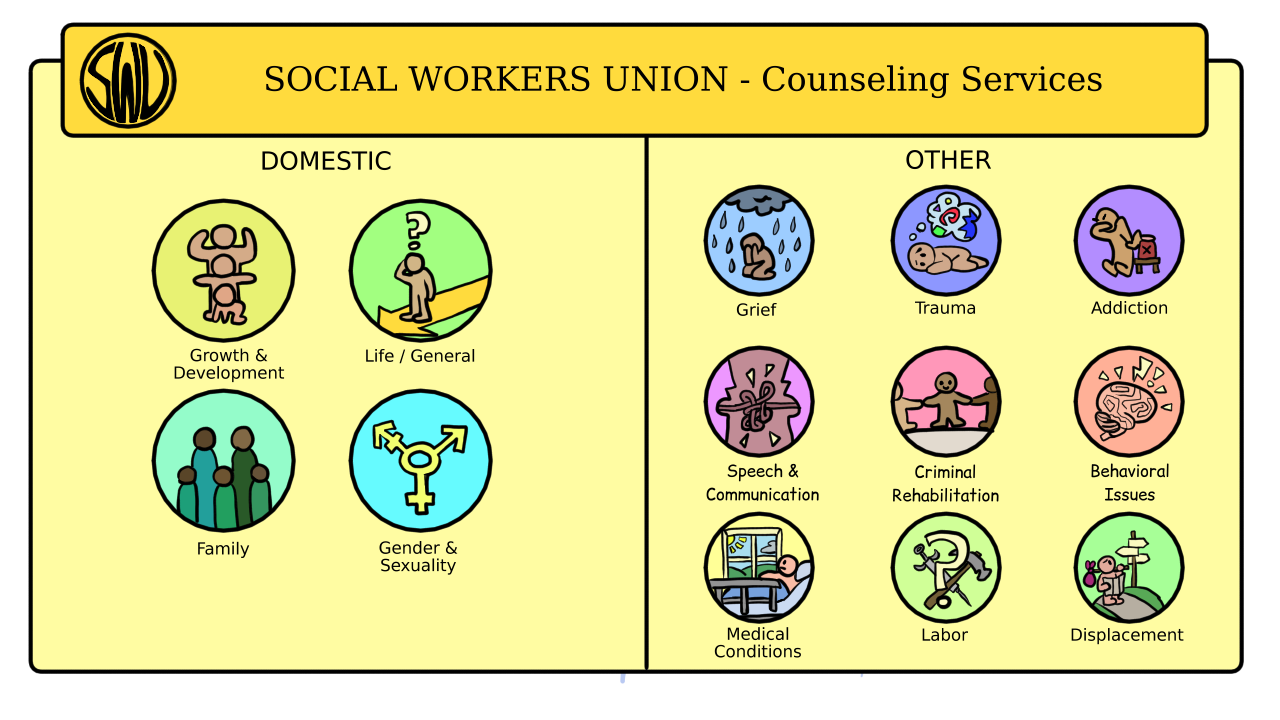 ^ Back to table of contents ^
^ Back to table of contents ^
There is a wide variety within the counselor classification to help citizens at all points in their life with any type of complex problems. Some of the most common focuses of counselors in Forwardist communities are growth and development, family, speech and communication, life/general, gender and sexuality, grief, trauma, addiction, criminal rehabilitation, behavioral issues, and medical conditions (with specialists for chronic, acute, pediatric, geriatric, and mental health, among others). While there is some amount of overlap between the different social worker roles, they each have a unique objective that they're striving for; the similarities occur because the group shares beliefs, methods, and goals, as they all aim to improve society and life for everyone living in it.
Growth and Development and Life/General Counselors
^ Back to table of contents ^The first counselor that a Forwardist citizen is likely to interact with is a growth and development counselor. These social workers are focused on helping young people learn about the world, how to navigate through it, and how to overcome obstacles they might face on their way. This type of counselor, like most others, has specialists that focus on individuals with learning disabilities, developmental complications, or any other major difficulties a young person might be likely to face (excluding major health problems). If an individual grows up without any major difficulties, the next type of counselor they're likely to encounter is the life counselor, also known as a general counselor. Growth and development counselors help Forwardists from their youth through their adolescence, and when they reach young adulthood, which is typically considered to start when they graduate high school, they are offered the option to meet with a life counselor. Not all feel it necessary, but many people appreciate having a life counselor to be a friendly listener with some insight to help them through life's twists and turns.
Other Domestic Counselors
^ Back to table of contents ^Another common social worker involved in the lives of young Forwardists is the family counselor, whose focus is on helping families with strained relationships, identifying and putting a stop to abusive family situations, and helping with other complex struggles related to familial issues, such as a loved one moving away. Another type of counselor that young people often turn to for answers as they grow up is the gender and sexuality counselor. These counselors help people of all ages find answers they seek about sex, sexuality, gender, and their aim is to help people understand and cope with issues relating to these subjects. This is a wide umbrella of topics, and there are counselors that specialize in each of them to help Forwardists with whatever they might be struggling with. Examples include people questioning or struggling with their sexuality or gender identity, as well as counselors to help overcome sexual shame, and many other issues.
Other Common Counselors
^ Back to table of contents ^There are many types of counselors that exist to help with other specific types of issues that can arise. Examples of this include grief counselors who help individuals and/or families who face grief (often due to the loss of a loved one), trauma counselors who aid anyone that's been through any traumatic experience(s), addiction counselors to help anyone struggling with addiction or those hurt by a loved one's addiction, speech counselors who help individuals that have difficulty speaking and/or communicating. Other examples include behavioral specialists who help individuals struggling with control over their behavior, or other behavior issues, criminal rehabilitators who aim to help people that have committed crimes to see the error of their action, and to help them rise above their past. Another common kind of counselor is a medical or health counselor, whose main focus is on helping people deal with health issues of various kinds. Medical counselors can specialize in mental health, acute or chronic conditions, people of various ages, and other specificities.
Miscellaneous Counselor Roles
^ Back to table of contents ^While these are the most common types of counselors within the confederation, there are a smaller portion of counselors that focus in other specialties to meet the needs of an area. Examples include career counselors, counselors focused on helping individuals cope with being displaced from their homes (for various reasons, primarily environmental), and counselors that help to heal communities that have faced injustice(s) and/or abuse(s).
Other Social Work Roles
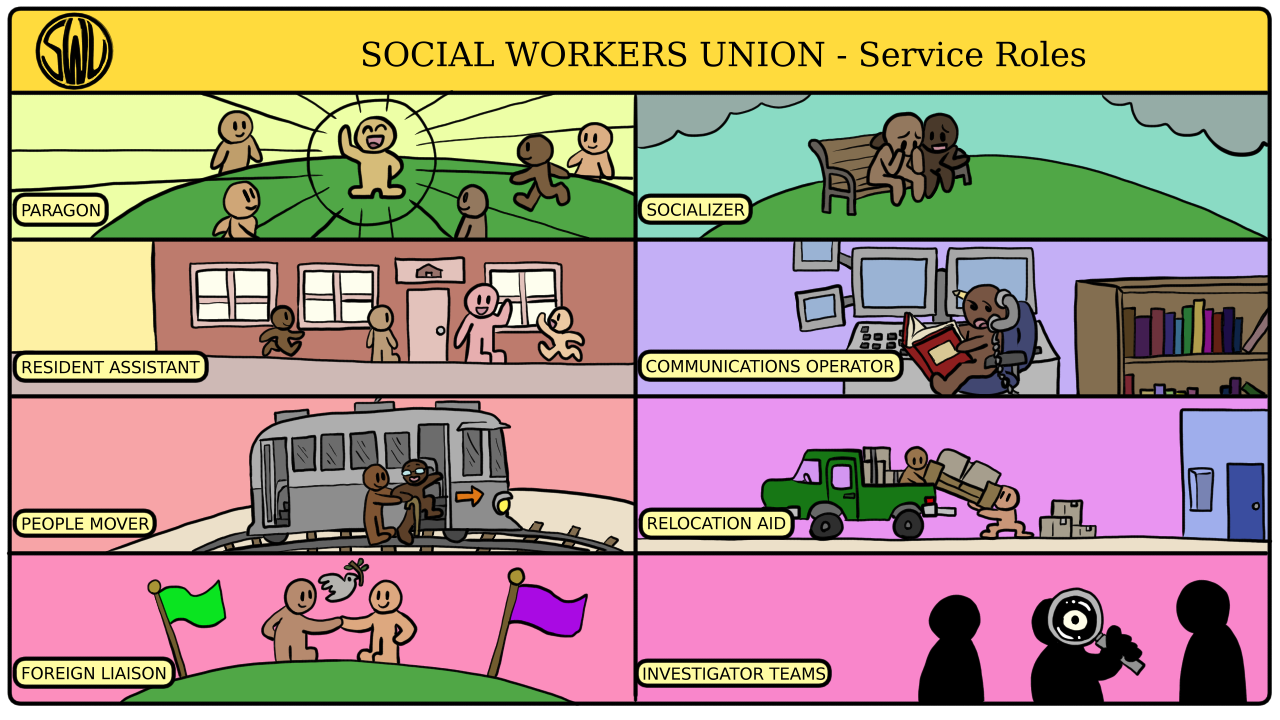 ^ Back to table of contents ^
^ Back to table of contents ^
Counselors make up over two-thirds of the social workers in the union, but the remaining social workers also have important roles in their communities. One of the standout roles among social workers is the paragon. These people are bright, friendly, and warm people whose goal is to be a positive, inspirational force in their community. They aim to be a bright presence in the lives of people struggling, such as those struggling with chronic depression, disabilities, and/or aging. There is a similar role that differs primarily in its methods, but their aims are to help the same types of people: socializers, also called professional friends. Instead of dividing their time trying to be a bright, positive force in the community at large, they focus instead on befriending individuals within the community who lack adequate socialization. While paragons try to cheer up large groups of people at a time, socializers focus on the individual level, getting to know someone and then seeing them on a regular basis.
Some of the other social work roles have specific functions within their communities. A residence assistant (described here) is one example of this. RAs are trained to help young people (and others) with managing their household. Another example is the communications operator, who acts as an access point for citizens to get information. If a citizen needs to know something, they can reach out to a comms operator, who will access the information if possible, and refer the citizen to other resources and places to look if they're unable to find it. People-movers also play an important role in the community, and they're responsible for transporting any incapacitated individual as needed (to appointments, to get food, etc).
There are also some more specialized roles within the social workers' union. These roles are intended to help people outside of the immediate community the social worker lives in. One example of this is a role called a "relocation aid," which is a role designed to help people that need or want to move away from their current community. People whose homes are destroyed by severe weather events are among the most common recipients of their aid. Another role outside of the community is a foreign liaison, which is a role specialized for tasks that require traveling outside of the confederation, typically for tasks like political discussions. Another of the specialized roles is called the "social worker- investigative team." This role is for social workers that partner up with an investigative officer and a body-guard (from the militia) and travel around to various communities within the confederation. Their main goal is to ensure that human rights are being upheld, and that communities are functioning the way they're intended to.
^ Back to table of contents ^